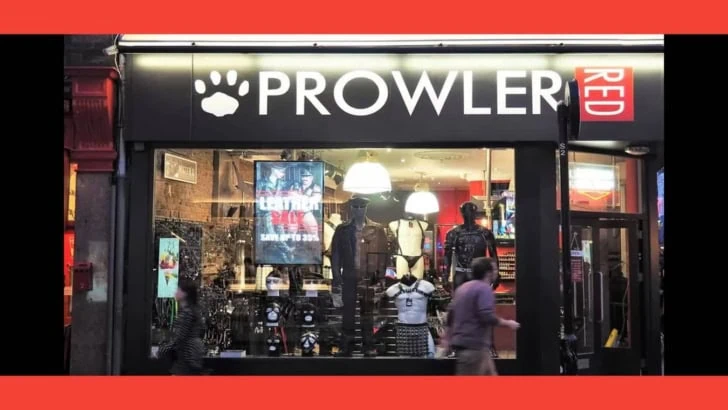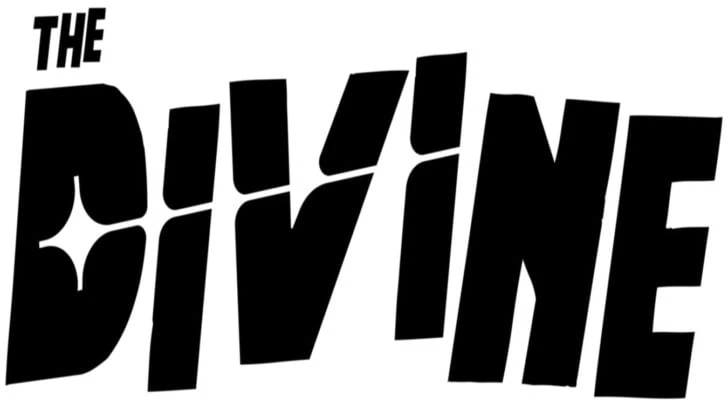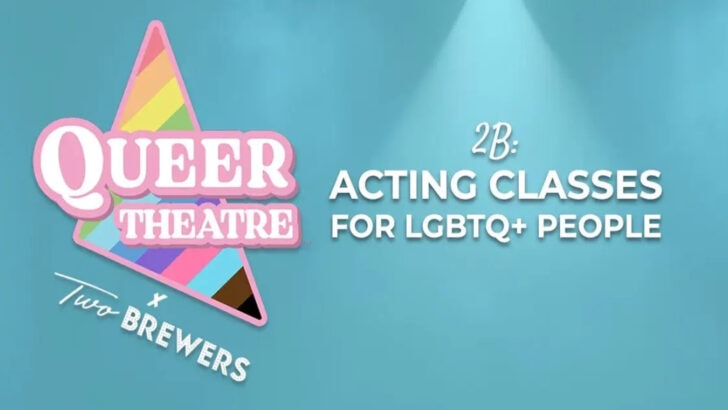Does LGBTI Pride have a future? Is gay identity just a phase?
by Peter Tatchell, Director, Peter Tatchell Foundation
The annual season of LGBTI Pride celebrations is drawing to a close. It is time to blow our whistles but also to pause and reflect.
As many western nations progress towards a post-homophobic society, how will the increasing equality and social acceptance of LGBTI people affect the expression of human sexuality? If we evolved into a society where the differences between hetero and homo no longer mattered, what would this mean for the future of same-sex desire and queer identity?
What are the implications for lesbian, gay, bisexual, transgender and intersex (LGBTI) human rights?
We already know, thanks to a host of sex surveys, that even in narrow-minded, homophobic cultures, many people are born with a sexuality that is, to varying degrees, capable of both heterosexual and homosexual attraction. This is shown by the way that otherwise normally straight people often have same-sex relations in single-sex institutions like schools, prisons and the armed forces.
Research by Dr Alfred Kinsey in the USA during the 1940s was the first major statistical evidence that gay and straight are not watertight, irreconcilable sexual orientations. He found that sexuality is, in fact, a continuum of desires and behaviours, ranging from exclusive heterosexuality to exclusive homosexuality. A substantial proportion of the population is somewhere in the middle, sharing an amalgam of same-sex and opposite-sex feelings.
“As culture changes, so will expressions of sexuality.”
In Sexual Behaviour In The Human Male (1948), Kinsey recorded that 13 per cent of the men he surveyed were either mostly or exclusively homosexual for at least three years between the ages of 16 and 55. Twenty-five per cent had more than incidental gay reactions or experience, amounting to clear and continuing same-sex desires. In total, 37 per cent of the men Kinsey questioned had experienced sex with other males to the point of orgasm, and half had experienced mental attraction or erotic arousal towards other men (sometimes transient and not physically expressed). A similar continuum of desire and overlapping orientations was found in Kinsey’s later study of women, Sexual Behaviour In The Human Female (1953).
Kinsey’s sociological sex research has since been criticised as exaggerated, out-of-date and unrepresentative.
The more recent UK National Survey of Sexual Attitudes and Lifestyles (2000) found that around 9% percent of British men and women have had a sexual experience with a person of the same sex, with many of these people being normally or predominantly heterosexual.
The survey authors admit this figure of 9% is probably an underestimate because many people are still reluctant to reveal their homosexuality or bisexuality.
The possibility that many individuals share a capacity for both hetero and homo feelings is confirmed by the anthropologists Clellan Ford and Frank Beach.
In Patterns of Sexual Behaviour (1965), they noted that certain forms of same-sex relations were considered normal and acceptable in 49 (nearly two-thirds) of 76 tribal societies surveyed from the 1920s to the 1950s.
They also recorded that in some aboriginal cultures, such as with the Sambia people of Papua New Guinea, all young men entered into a same-sex relationship with an unmarried male warrior, sometimes lasting several years, as part of their rites of passage into manhood. Once completed, they ceased all homosexual contact and assumed sexual desires for women. If sexual orientation was completely biologically pre-programmed, these men would have never been able to switch to homosexuality and then to heterosexuality with such apparent ease.
This led Ford and Beach to deduce that homosexuality is fundamental to the human species, and its expression is substantially influenced by social mores and expectations.
The evidence from these two disciplines – sociology and anthropology – is that the incidence of heterosexuality and homosexuality is not fixed and universal, and that the two sexual orientations are not mutually exclusive. There is a good deal of fluidity and overlap.
Indeed, although sexuality may be substantially affected by biological predispositions – such as genes and hormonal influences in the womb – other causal factors appear to include cultural norms, expectations and opportunities. These tend to channel erotic impulses in certain directions and not others. An individual’s sexual orientation (or at least its expression) is thus often influenced culturally, as well as biologically.
“With the Sambia people of Papua New Guinea, all young men entered into a same-sex relationship with an unmarried male warrior, sometimes lasting several years.”
Human sexuality is much more complex, diverse and blurred than the traditional simplistic binary image of hetero and homo, so loved by straight moralists and – more significantly – by many lesbians and gay men.
If sexual orientation has a culturally-influenced element of indeterminacy and flexibility, then the present forms of homosexuality and heterosexuality are unlikely to remain the same in perpetuity. As culture changes, so will expressions of sexuality.
In a future non-homophobic society (all societies will get there eventually), more people are likely to have gay sex but less people will identify as gay (or straight). This is because the absence of homophobia will make the need to assert and affirm gayness (and heterosexuality) irrelevant and redundant.
Gay identity is largely the product of anti-gay repression. It is a self-defence mechanism against homophobia. Faced with persecution for having same-sex relations, the human right to have those relationships has to be defended – hence gay identity and the LGBTI rights movement.
But if one form of sexuality is not privileged over another, defining oneself as gay (or straight) will cease to be necessary and have no social relevance or significance. The need to maintain sexual differences, boundaries and identities disappears (or reduces radically) with the demise of straight supremacism.
Homosexuality as a separate, exclusive orientation and identity will begin to fade (so will its mirror opposite, heterosexuality), as humanity evolves into a sexually enlightened and accepting society. The vast majority of people will be open to the possibility of both opposite-sex and same-sex desires, even if they don’t necessarily physically express them.
Moreover, they won’t feel the need to label themselves (or others) as gay or straight. In a non-homophobic culture, no one will care who loves who. That’s true queer liberation.
• For more information and to donate to the Peter Tatchell Foundation go to www.petertatchellfoundation.org


















